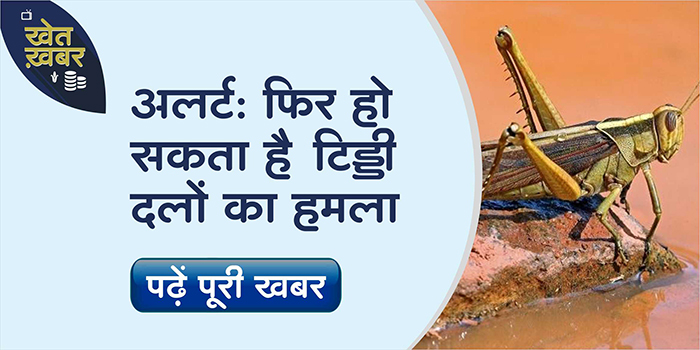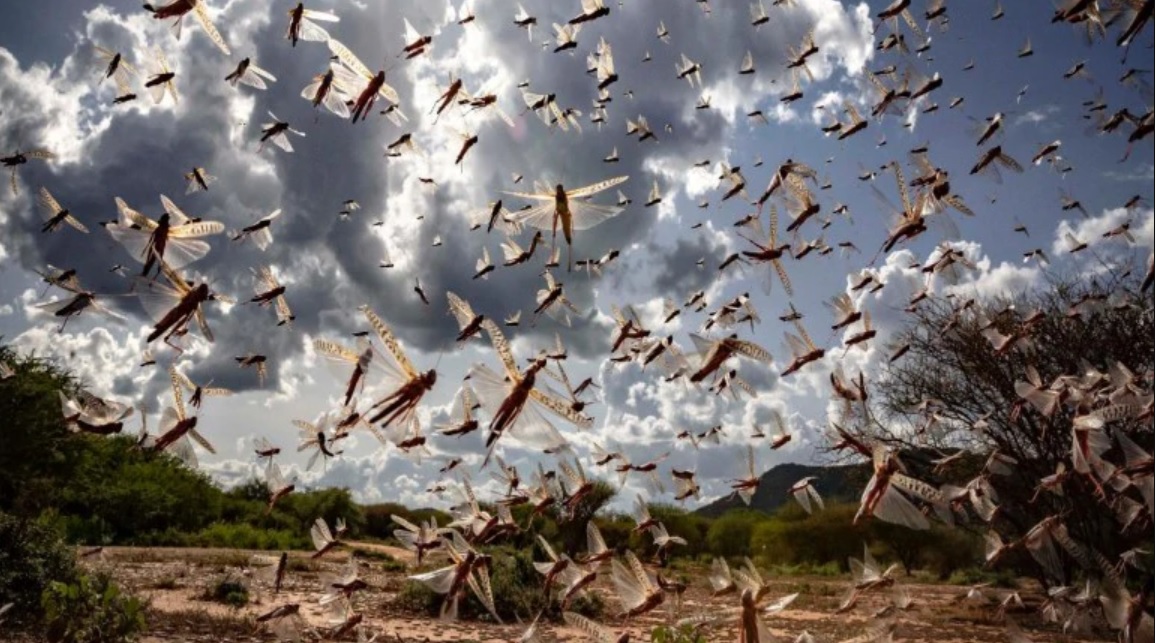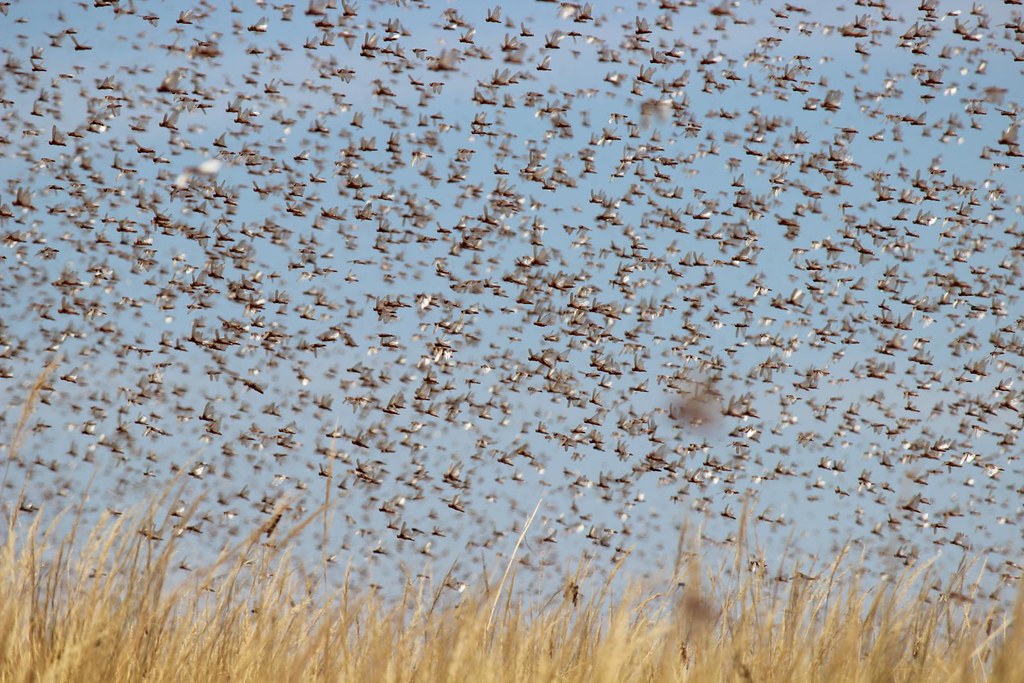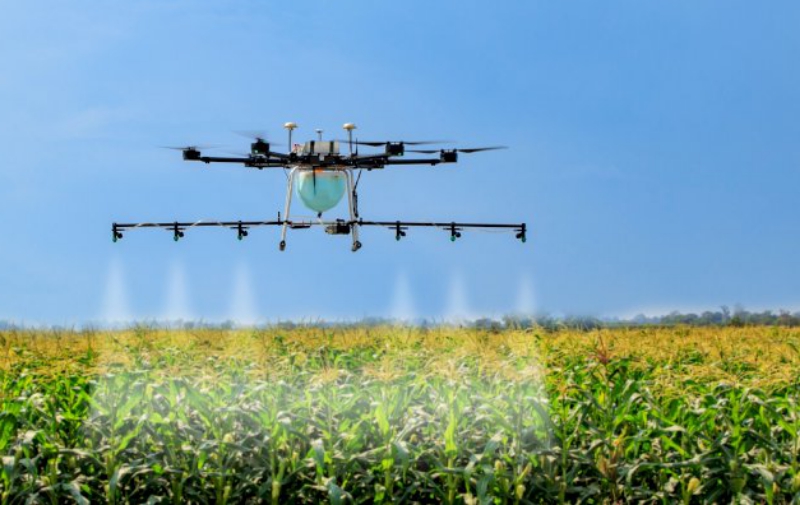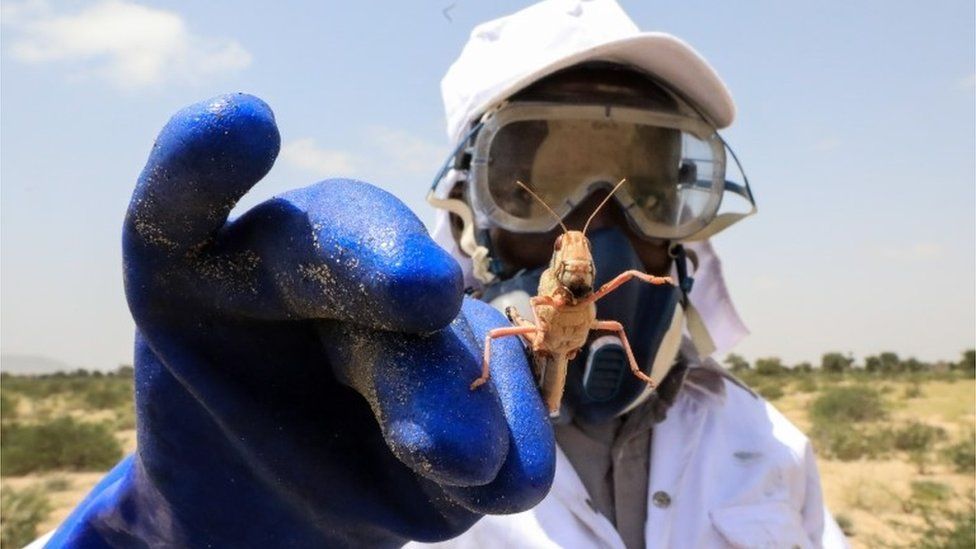Last year, there was a massive attack by Locust groups, due to which the crops were heavily damaged. Now the Locust groups can attack once again. On May 17, an advisory was issued by the Food and Agriculture Organization of the United Nations regarding the new Locust attack.
In this advisory, the Locust group’s attack in India is feared. Farmers have been asked to remain alert in Jaisalmer region of Rajasthan and Aligarh region of Uttar Pradesh as well as some other districts.
Actually, due to the unseasonal rains caused by the storm in the Arabian Sea, the humidity in the air has increased. The probability of locusts to flourish in such climates increases. According to reports, some locusts have been formed in southwestern Iran. If these groups get favorable air then they can enter India via Pakistan. Let’s tell you that these Locust groups go out in flocks and ruin the crops.
Source: TV9 Bharatvarsha
ShareFor such information related to farming and crop safety, come to the gramophone app daily. Share this article with your friends by clicking the share button below.

